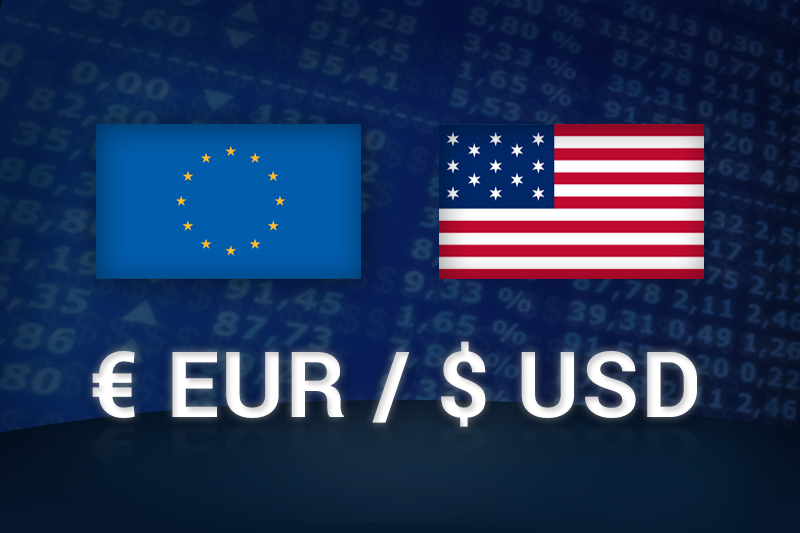Investing.com - The euro gained against the dollar early Tuesday after surprisingly poor manufacturing data in the U.S. sparked talk the Federal Reserve may consider stimulating the economy with monetary easing tools, which would weaken the greenback.
In Asian trading on Tuesday, EUR/USD was trading up 0.01% at 1.2577, up from a session low of 1.2574 and off from a high of 1.2588.
The pair was likely to find support at 1.2568, the low from July 2, and resistance at 1.2668, the high from July 2.
A key manufacturing figure posted its worst performance in three years, rekindling talk the Federal Reserve will intervene and stimulate the economy via quantitative easing to spur recovery.
Under quantitative easing, the Federal Reserve buys bonds held by banks, injecting the financial system full of liquidity in the process with the aim of stimulating investing and hiring.
As a side effect the dollar weakens.
Earlier in the U.S., the Institute for Supply Management reported that its index of manufacturing activity fell to 49.7 in June from 53.5 in May.
New orders dropped to 47.8 from 60.1, while the employment gauge fell to 56.6 from 56.9.
On the index, a reading above 50.0 indicates industry expansion, while below indicates contraction.
June's figure was the lowest reading since July 2009 and well below analyst forecasts for the index to slip down to 52.0.
The dollar's decline was limited, however, by the safe-haven nature of the currency.
Investors sold equities after the weak manufacturing data was released, and stashed their capital in safe-haven dollar positions on sentiment that while Fed easing remained possible, the U.S. central bank doesn't tend to act on one disappointing indicator alone.
Meanwhile in Europe, Finland and the Netherlands criticized measures approved at a European Union summit that aim to tackle the debt crisis.
E.U. leaders voted to give the European Stability Mechanism, a bailout fund, approval to recapitalize banks as well as the green light to buy government bonds to ease credit conditions in troubled countries, the latter measure under criticism from Helsinki and Amsterdam, which pressured the euro lower.
Also in Europe, the eurozone unemployment rate rose to a record high 11.1% in May from 11.0% in April.
The euro, meanwhile, was up against the pound and down against the yen, with EUR/GBP up 0.04% at 0.8017 and EUR/JPY trading down 0.06% at 99.94.
Later Tuesday, U.S. is to publish official data on factory orders.
In Asian trading on Tuesday, EUR/USD was trading up 0.01% at 1.2577, up from a session low of 1.2574 and off from a high of 1.2588.
The pair was likely to find support at 1.2568, the low from July 2, and resistance at 1.2668, the high from July 2.
A key manufacturing figure posted its worst performance in three years, rekindling talk the Federal Reserve will intervene and stimulate the economy via quantitative easing to spur recovery.
Under quantitative easing, the Federal Reserve buys bonds held by banks, injecting the financial system full of liquidity in the process with the aim of stimulating investing and hiring.
As a side effect the dollar weakens.
Earlier in the U.S., the Institute for Supply Management reported that its index of manufacturing activity fell to 49.7 in June from 53.5 in May.
New orders dropped to 47.8 from 60.1, while the employment gauge fell to 56.6 from 56.9.
On the index, a reading above 50.0 indicates industry expansion, while below indicates contraction.
June's figure was the lowest reading since July 2009 and well below analyst forecasts for the index to slip down to 52.0.
The dollar's decline was limited, however, by the safe-haven nature of the currency.
Investors sold equities after the weak manufacturing data was released, and stashed their capital in safe-haven dollar positions on sentiment that while Fed easing remained possible, the U.S. central bank doesn't tend to act on one disappointing indicator alone.
Meanwhile in Europe, Finland and the Netherlands criticized measures approved at a European Union summit that aim to tackle the debt crisis.
E.U. leaders voted to give the European Stability Mechanism, a bailout fund, approval to recapitalize banks as well as the green light to buy government bonds to ease credit conditions in troubled countries, the latter measure under criticism from Helsinki and Amsterdam, which pressured the euro lower.
Also in Europe, the eurozone unemployment rate rose to a record high 11.1% in May from 11.0% in April.
The euro, meanwhile, was up against the pound and down against the yen, with EUR/GBP up 0.04% at 0.8017 and EUR/JPY trading down 0.06% at 99.94.
Later Tuesday, U.S. is to publish official data on factory orders.
